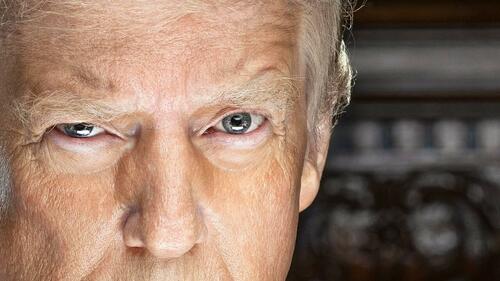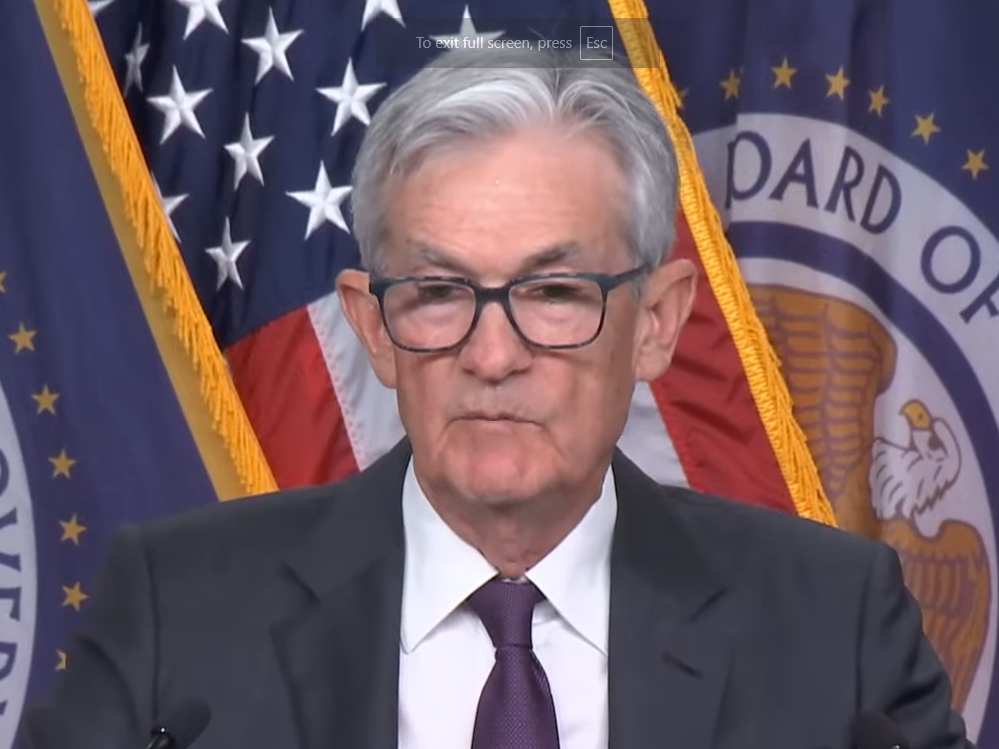Udhayanidhi Stalin’s critique of Sanatana Dharma should remind us of the importance of questioning established concepts, even in religion. This is how philosophical ideas in religion have always developed historically.

Sanatana Dharma is commonly equated with Hinduism. In so doing, eternal (sanatana) moral codes become equated with worldly beliefs in the practice of the Hindu religion. But there is no reason to believe that only Hinduism should be equated with Sanatana Dharma. Every religion depends extensively upon the notions of eternality and moral codes as a guide for human action. So, unlike what some have claimed, Udhayanidhi’s comments are not a call to eradicate Hinduism.
Sanatana is commonly translated as eternal. But what really is eternal in Sanatana Dharma? The prevailing interpretation is that specific moral codes/duties (dharma) are eternal. These codes are seen to be part of the Hindu faith. Certain views on caste, gender and social practices are seen to be eternal. But why should we accept certain practices that might have seemed “right” (to some people) in earlier times to be so today? What makes these practices “eternal”?
A simple meaning of eternal is the quality of being unchanging. Philosophy in a true sense begins with an attempt to describe what change really means. Everything in our physical world changes; our bodies grow old and decay. Every object in the universe is constantly moving. Given that change is the most basic and most universal of all phenomena in nature, the attempt to describe change was a core activity of all philosophies (and of modern science).
Philosophers found that to describe change, it was necessary to have something that was unchanging. As our body changed, something remained the same. For many traditions, it was the soul that was unchanging. So, the soul was seen as eternal. In modern times, we think of the self as unchanging even as our bodies and minds change.
God is eternal in that, unlike humans, God does not grow old, decay and pass away. God as eternal does not exhibit signs of change. While this is common knowledge about God, two other examples of eternals are quite illuminating.
There is a belief that mathematical entities such as numbers and sets are eternal. One dominant tradition in western philosophy considers mathematical objects as eternal and independent of our physical world.
Numbers do not change, do not decay into something else. 1 remains 1, conceivably for all eternity. Even today, modern science views mathematical objects as eternal in this sense. Interestingly, Indian and Chinese mathematicians and philosophers never considered numbers as eternal and unchanging. It is not surprising that mathematics has always had a strong association with the divine in western philosophy, as well as among influential European mathematicians.
The second example is motion, which is a classic example of change. Most commonly, motion is described as a change of position. But this description of motion as a change of position is dependent upon something else that does not change.
Isaac Newton needed two entities to describe motion: Space and time. A change in position can be recognised only against the background of unchanging space and time. Thus, space and time have to be seen to be eternal in order to understand ordinary motion. Newton himself associated the eternality of space and time with the qualities of God.
Thus, the idea of the eternal seems to be necessary to make sense of any kind of change. So why is eternal — sanatana — added to dharma? Is it the recognition of the fact that all moral codes are always subject to change? We do not have to look beyond the philosophies of Hinduism, Buddhism and Jainism to recognise this important point.
Morality does not lie in unchanging codes. If any religion can teach us this, it is Hinduism. The most influential Hindu texts, including the morally didactic texts of the Ramayana and Mahabharata, or the Buddhist Jataka tales or Jaina texts, do not prescribe eternal moral codes.
All moral action is contextual. That is why these philosophies do not produce “theories” of morality but only powerful and insightful stories on morality. (Texts which list rules of proper moral behaviour are attempts to impose some codes on people, but they are not “theories” of morality). Being contextual means not being eternal, being always open to change. Thus, specific moral actions cannot be seen as being eternal, particularly in Hinduism.
Sanatana Dharma must be understood differently. Sanatana Dharma is an expression of the simple fact that what is truly eternal is the requirement to always act morally. It does not mean that it is to follow particular rules and duties for all eternity. It is necessary to hold onto this idea because it expresses the view that what is truly eternal in human lives is our capacity to act morally without specifying what the exact moral rules are. We have to discover new moral codes as societies change around us. Sanatana Dharma, first and foremost, is a definition of what it is to be human rather than a definition of a religion.
What are the moral rules that are most important in today’s context? These are the principles of democracy enshrined in the fundamental value of Ambedkar’s maitree, as well as the principle of ahimsa. These guarantee that all individuals will be treated equally and with dignity, whatever their social standing.
No true follower of Sanatana Dharma can accept untouchability in any form, caste hierarchies, patriarchy, or treating the poor as if they do not exist. Caste duties are not moral duties, they are not eternal, and should not be accepted as eternal. So, we can understand Udhayanidhi’s critique as a demand for the production of new moral codes that are relevant to our society today.
Udhayanidhi has asked the right question and this will hopefully lead him to question his own party’s inability to be more ethically accommodative and inclusive of Dalit (and other such) identities and needs within Dravidian politics.
Sundar Sarukkai is the founder of Barefoot Philosophers and author of the novel, “Following a Prayer”. The views expressed are personal















